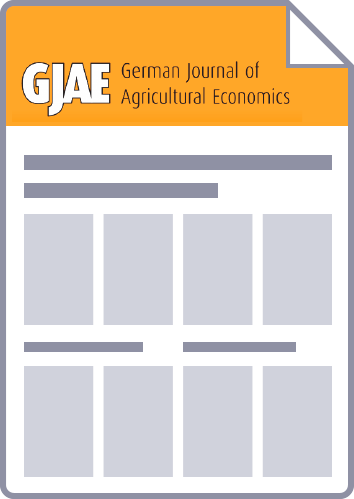Increasing demand for policy impact assessment regarding social, economic and environmental aspects asks for combined application of different models and tools. The paper discusses concepts and challenges in linking models, taking CAPRI (Common Agricultural Policy Regionalised Impact) model as an example. CAPRI combines different economic models, spatial downscaling and interfaces to bio-physical components. 250 non-linear regional programming models with econometrically estimated costs functions cover the EU-27, Norway and Western Balkans. They are consistently linked to a spatial globally closed trade model, covering 60 countries / country blocks and 50 primary and secondary agricultural products. The link is based on sequential calibration: the market models prices drive the programming models whereas its supply and feed demand curves are calibrated to the programming models’ results, iteratively repeated to convergence. CAPRI integrates projection results from other model systems in the baseline generation and calibrates the supply models to econometric estimations or the supply response from other models as in SEAMLESS. The spatial down-scaling component breaks down the regional EU-27 results regarding cropping shares, crop yields, animal stocking densities and fertilizer application rates to about 140 000 1x1 km pixel cluster and links these results to a statistical meta model of the bio-physical model DNDC.



